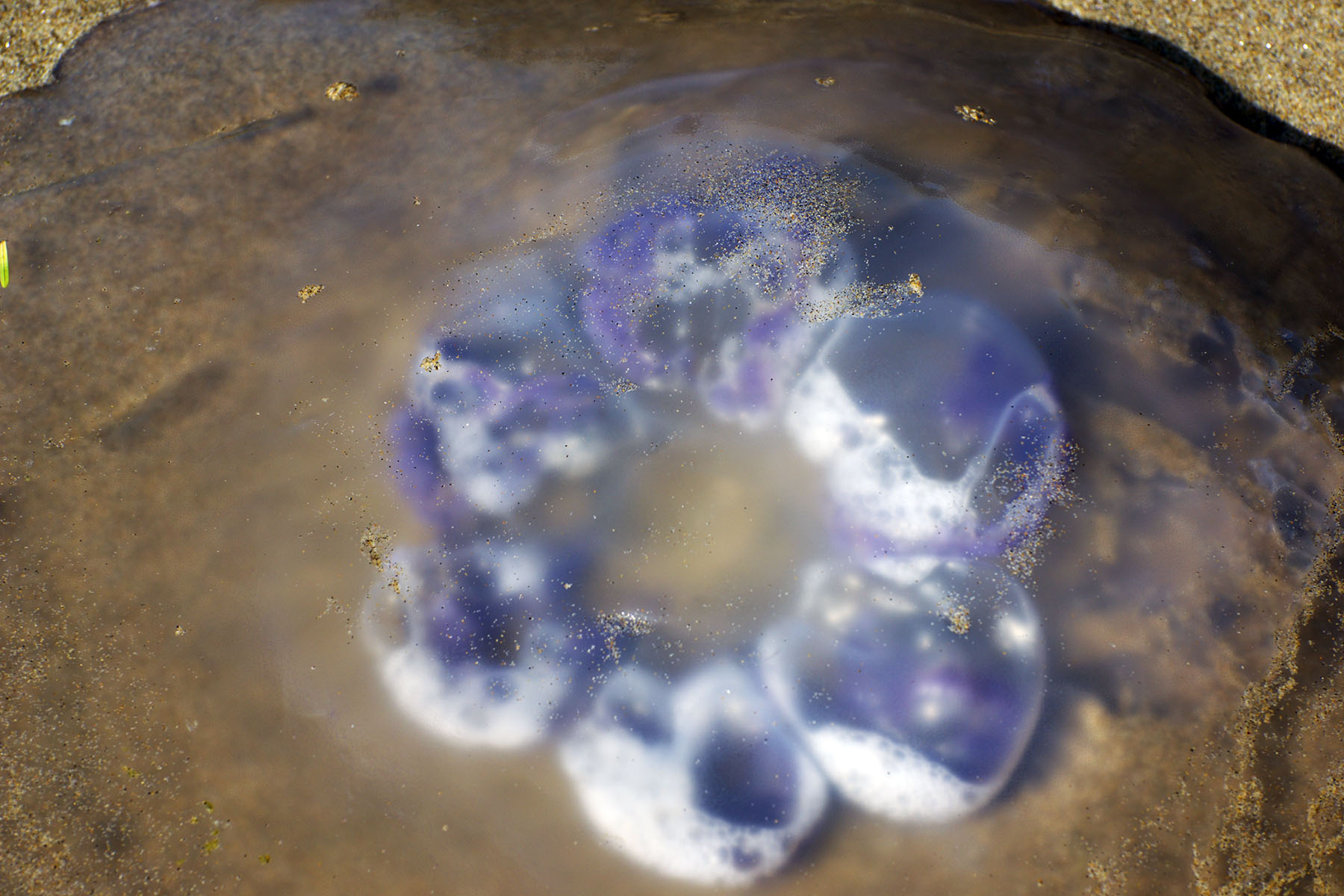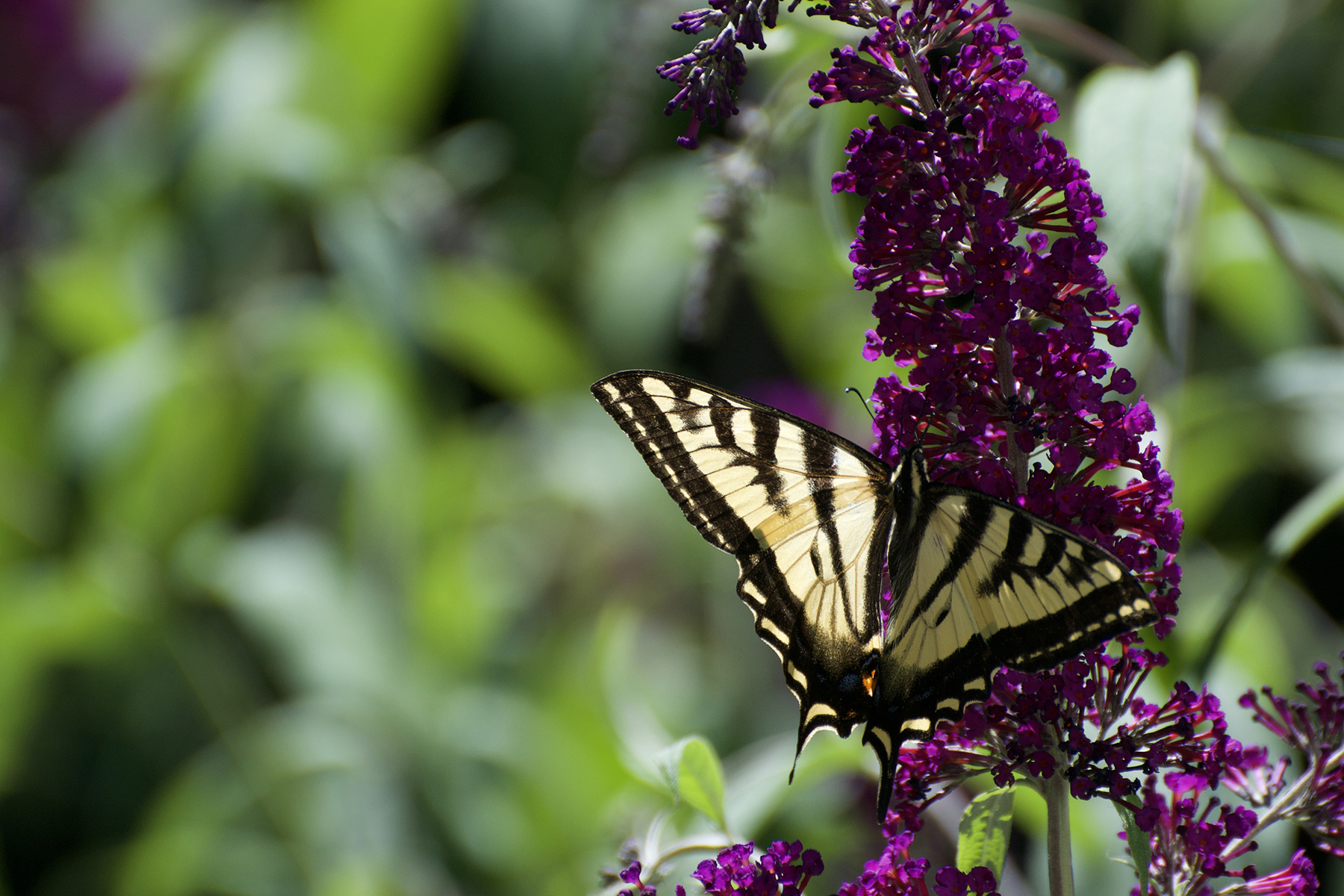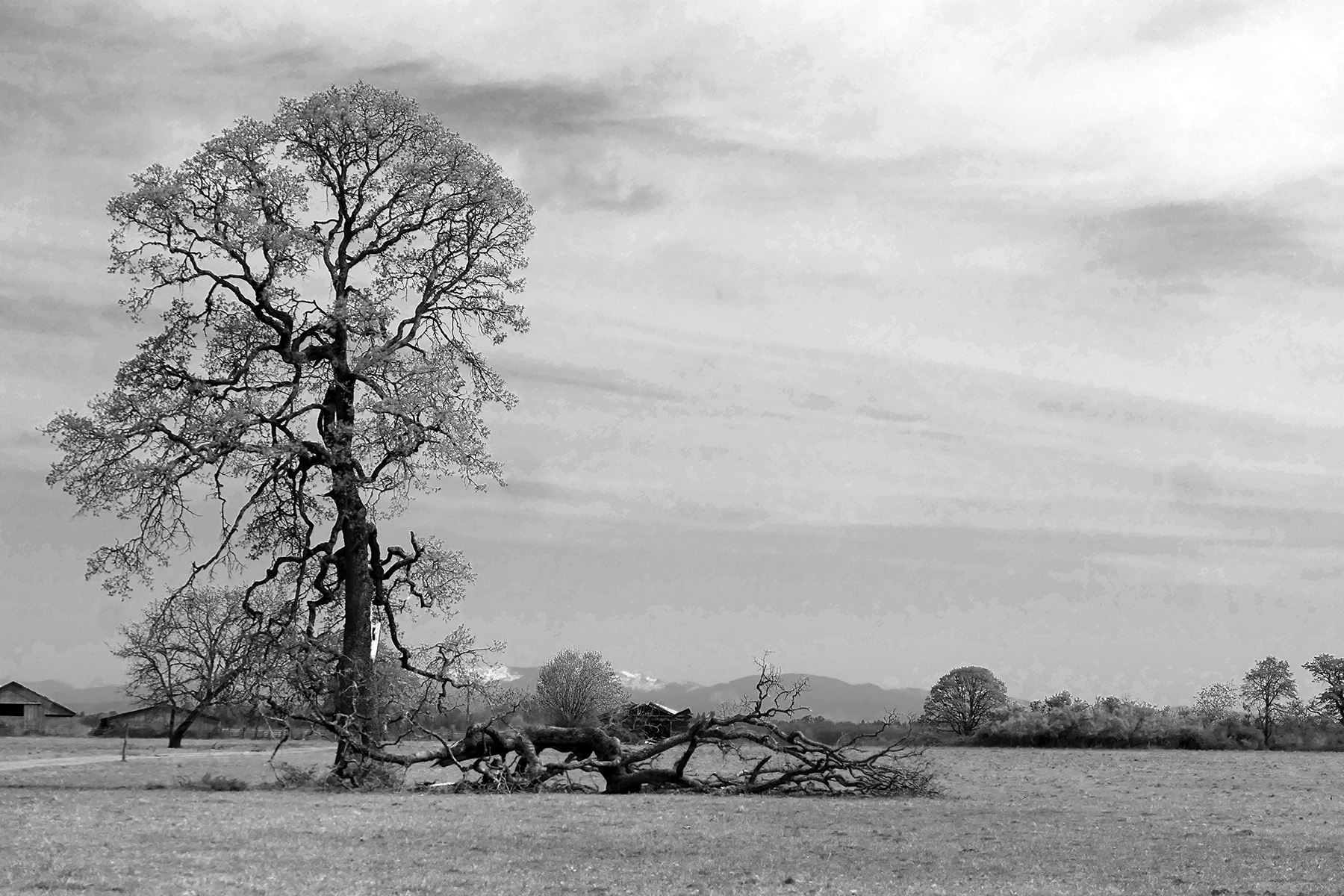The phrase Ghost in the Machine was coined by British philosopher Gilbert Ryle to describe the mind/body dualism of Descartes and later philosophers. Ryle picked apart the notion, held since Descartes’ time, that the mind is separable from the body (the ghost and the machine, respectively.) I’m not going to detail the philosophical debate here. I was just reminded of this when thinking about how the mind’s deterioration is based on the body’s (f)ailing in cases like dementia. They are inextricably linked, although we are not yet able to pinpoint the exact mechanism that cause Alzheimers or other forms of dementia. The thoughts were triggered by a work of sound art that has had me reeling over the last week, in all its ghostliness – and its compassion, a musical rendering of the stages of dementia.

What do we know about illnesses like Alzheimer, a specific form of dementia? It is a disease that affects memory, cognition and behavior, eventually interfering with crucial functions in everyday life. It gets progressively worse, with people sometimes living up to 20 years with the condition. There are genetic predispositions (assumed to be present in about 70% of all cases,) but also environmental factors that increase the risk of developing the disease. They include inorganic and organic hazards, long-term exposure to toxic metals (aluminium, copper), pesticides (organochlorine and organophosphate insecticides), industrial chemicals (flame retardants) and air pollutants like the smoke we inhale these days from the fires (particulate matter.)

Brain neurons are killed off, leading to irreversible loss in a process that we have not yet fully understood. We do know, however, that certain changes in the brain are associated with the disease, signs of it. These include two abnormal structures, plaques that are deposits of beta-amyloid protein fragments, and tangles that are twisted fibers of the tau protein. Scientists speculate that these two somehow block communication between neurons and disrupt processes that are needed to keep neurons from withering.
Also on the scene are inflammatory processes, as destructive here as anywhere else in the aging body. It is assumed that neuro-inflammation – the activation of the brain’s resident immune cells – is not merely a consequence of disease progression; rather, it is a cause that actively spreads the pathologically misfolded proteins in the brain.

Treatment options to date are limited and not particularly effective, despite the noise in the news that celebrate every new option as a break through – until it isn’t. Drugs target the plaques and tangles, trying to prevent them from being formed or to destroy them when present. Vaccines are tested to protect against the fiber twisting associated with Tau. Reduction of inflammation is a target, as is the way the brain is vulnerable to shifts in insulin or hormones during menopause (so far, proposed drugs in both categories turned out to be duds.) There is a lot riding on new approaches to heart health. It might be that drugs that combat high blood pressure may reduce the risk of developing dementia. Life style choices – steady exercise and healthy food, living in clean environments, a choice many poor people don’t have – here as everywhere can make a difference, but are no guarantee to resist this scourge.
We can read all this, recognize it intellectually, shudder. Try to forget about it because it is so frightening, no pun intended. We can read stories of individual defiance and positive attitude, and still be overwhelmed by the thoughts of what dementia implies – particularly if we are in an age group where every misplaced key, forgotten shopping list, inability to recall the name of a beloved authors, gives rise to anxiety if something more dire is lurking in our brains.

Yet we can also find a deeper, more empathetic understanding when listening to (some of) the sound scape I want to introduce today. Everywhere at the end of time has generated a lot of attention since its final release, including complaints about psychological upheaval, which I get. But it is also a thing of beauty, on many levels. Created and produced by British electronic musician Leyland Kirby, under the alias the Caretaker, it was released from 2016-2019 in 6 installments meant to reflect the specific stages of the disease. The young composer delved deep into research about the progression of the disease and found ways to represent the process that seem plausible to this listener.
I suggest that the curious listener tap into the segments that designate the stages in which the disease progresses. Spoiler alert: it gets progressively more disjointed, upsetting, and challenging across its 6.5 hour duration. It ends in the very last segment with a strange rendition of a Bach’s chorale (BWV 246, Lasst mich ihn nur noch einmal küssen,) that highlights the centrality of human connection and, when severed, ultimate loss. The subsequent silence and release somehow provides intense comfort.
It cannot have been an easy task for the composer, across so many years, and surely required courage to face the details, since none of us is exempt from the potential to develop dementia, the musician included. As it turns out, the work was not just successful with professional music critics but had a large following, spiking last year, among truly young listeners who engaged with it and each other in emotional, empathetic reactions during a challenge on TikTok.

A full description of the music with analysis can be found here. It is a thoughtful essay by Luka Vukos on Headstuff, a collaborative of creative souls who sift the internet for interesting art content and put it all in one bucket for us to sample. The author points out a parallel to our own experience outside the realm of disease:
“With instant reproducibility and the digital recall of information, it can often feel like we are extricating ourselves from things which might linger for longer than we’d like. We conceive of memories, and of life, as information units, rather than as living things within our heads. Things get deleted with almost no trace, and it’s almost like we’re giving ourselves dementia in a way. But, in this regard, the great paradox of The Caretaker’s body of work rests in his marrying of the earliest form of musical reproduction (the vinyl record) with the most contemporary modes of digital recall and manipulation.
I have listed the title of the tracks below that gives you a thematic progression. The music is characterized by manipulation of old ball room tunes that Kirby found in the record bins of junk stores, then manipulating them with particularized computer programs. The ball room orchestras are first displayed in full, if scratchy with record player needles, but then morph into very different forms. The manipulations are as representative as the mood coloring of classical music of yore, if unfamiliar to those of us not used to listening to experimental music. Any refusal to be dragged into fear or sadness by listening to this marathon is perfectly understandable. But if this work of art has reached just one soul to be more willing or able to change their approach to Alzheimer patients in their current state of being shunned and neglected, has created true empathy, it has made the world a better place. Art, again, as a mediator.
And now I am going to listen to We, so tired of all the darkness in our lives, also by Kirby….

Here is the original Bach aria from the Lukas Passion. With English translation below the heading.
Photographs today are of nature’s fading, due to drought and time of year.
STAGE 1
| No. | Title | Length |
|---|---|---|
| 1. | “A1 – It’s Just a Burning Memory” | 3:32 |
| 2. | “A2 – We Don’t Have Many Days” | 3:30 |
| 3. | “A3 – Late Afternoon Drifting” | 3:35 |
| 4. | “A4 – Childishly Fresh Eyes” | 2:58 |
| 5. | “A5 – Slightly Bewildered” | 2:01 |
| 6. | “A6 – Things That Are Beautiful and Transient” | 4:34 |
| 7. | “B1 – All That Follows Is True” | 3:31 |
| 8. | “B2 – An Autumnal Equinox” | 2:46 |
| 9. | “B3 – Quiet Internal Rebellions” | 3:30 |
| 10. | “B4 – The Loves of My Entire Life” | 4:04 |
| 11. | “B5 – Into Each Others Eyes” | 4:36 |
| 12. | “B6 – My Heart Will Stop in Joy” | 2:41 |
| Total length: | 41:23 |

STAGE 2
| No. | Title | Length |
|---|---|---|
| 13. | “C1 – A Losing Battle Is Raging” | 4:37 |
| 14. | “C2 – Misplaced in Time” | 4:42 |
| 15. | “C3 – What Does It Matter How My Heart Breaks” | 2:37 |
| 16. | “C4 – Glimpses of Hope in Trying Times” | 4:43 |
| 17. | “C5 – Surrendering to Despair” | 5:03 |
| 18. | “D1 – I Still Feel As Though I Am Me” | 4:07 |
| 19. | “D2 – Quiet Dusk Coming Early” | 3:36 |
| 20. | “D3 – Last Moments of Pure Recall” | 3:52 |
| 21. | “D4 – Denial Unravelling” | 4:16 |
| 22. | “D5 – The Way Ahead Feels Lonely” | 4:15 |
| Total length: | 41:54 |
STAGE 3
| No. | Title | Length |
|---|---|---|
| 23. | “E1 – Back There Benjamin” | 4:14 |
| 24. | “E2 – And Heart Breaks” | 4:05 |
| 25. | “E3 – Hidden Sea Buried Deep” | 1:20 |
| 26. | “E4 – Libet’s All Joyful Camaraderie” | 3:12 |
| 27. | “E5 – To the Minimal Great Hidden” | 1:41 |
| 28. | “E6 – Sublime Beyond Loss” | 2:10 |
| 29. | “E7 – Bewildered in Other Eyes” | 1:51 |
| 30. | “E8 – Long Term Dusk Glimpses” | 3:33 |
| 31. | “F1 – Gradations of Arms Length” | 1:31 |
| 32. | “F2 – Drifting Time Misplaced” (titled “Drifting Time Replaced” on Kirby’s individual YouTube upload for Stage 3) | 4:15 |
| 33. | “F3 – Internal Bewildered World” | 3:29 |
| 34. | “F4 – Burning Despair Does Ache” | 2:37 |
| 35. | “F5 – Aching Cavern Without Lucidity” | 1:19 |
| 36. | “F6 – An Empty Bliss Beyond This World” | 3:36 |
| 37. | “F7 – Libet Delay” | 3:57 |
| 38. | “F8 – Mournful Cameraderie” | 2:39 |
| Total length: | 45:35 |
STAGE 4
| No. | Title | Length |
|---|---|---|
| 39. | “G1 – Post Awareness Confusions” | 22:09 |
| 40. | “H1 – Post Awareness Confusions” | 21:53 |
| 41. | “I1 – Temporary Bliss State” | 21:01 |
| 42. | “J1 – Post Awareness Confusions” | 22:16 |
| Total length: | 87:20 |
STAGE 5
| No. | Title | Length |
|---|---|---|
| 43. | “K1 – Advanced Plaque Entanglements” | 22:35 |
| 44. | “L1 – Advanced Plaque Entanglements” | 22:48 |
| 45. | “M1 – Synapse Retrogenesis” | 20:48 |
| 46. | “N1 – Sudden Time Regression into Isolation” | 22:08 |
| Total length: | 88:20 |

STAGE 6
| No. | Title | Length |
|---|---|---|
| 47. | “O1 – A Confusion So Thick You Forget Forgetting” | 21:52 |
| 48. | “P1 – A Brutal Bliss Beyond This Empty Defeat” | 21:36 |
| 49. | “Q1 – Long Decline Is Over” | 21:09 |
| 50. | “R1 – Place in the World Fades Away” | 21:19 |
| Total length: | 85:57 |








































































































